Let’s assume the first sparks that created the modern world we live in today were made around the arrival of Renaissance in the 15th century. When rationalism and retreating back to the ancient classical values started to be readopted.
Renaissance is the name of the period when long-forgotten values of the classic world became the main narrative of the society again. So, indulge me when I count the last five centuries as contemporary comparing to thousands of years of human history.
There are always familiar gems to excavate when you pick up the torch at Renaissance and journey back to the civilizations that dawned earlier and look into their ancient architecture styles. That’s what we want to do here.
We wanna dig into ancient architecture styles to trace back the roots of some styles in our very recent history; say from the 60s and ongoing to this day.
So, stick around till the end because we are about to discover some handsome links that connect today to a distant past.
Here is a review of yesterday’s most notable ancient architecture styles from around the globe:
Classical Mediterranean
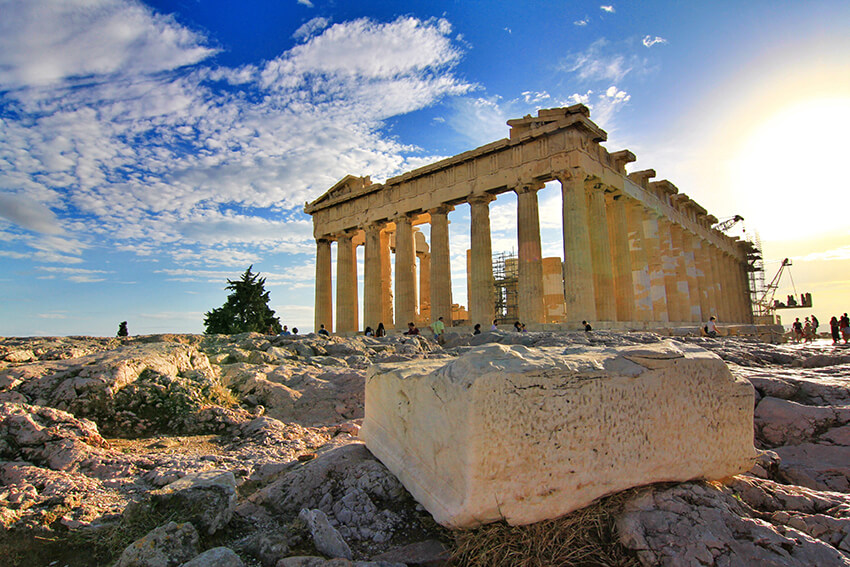
The term classical mostly addresses the ancient architecture styles of the Greek and the Roman; spanning from around 700 B.C. to 500 A.C.
The familiar picture of Greek temples that come to mind when you think about the Greek’s ancient architecture is due to adequate availability of marble stone in the Aegean area and the Greek’s penchant for reason and philosophy that lies beneath the appearance.
That is what their seemingly simple (but strong) geometry is built upon.
Basic philosophical reasonings can be traced through the Greek’s Doric – Ionic – Corinthian evolution.
The Greek would always try their philosophy in other fields like painting, sculpture, and calligraphy and only then architects would try their well-tested theories in their design. Architecture was always the final stop.
That’s why Parthenon in Acropolises of Athens is known to have “unsurpassable excellence” as said by art historians like Helen Gardner; Although it barely has any straight lines if you squint on its details.
Pantheon might be just the right monument to find the Greek’s ultimate ideology and philosophy in their ancient architecture style.
Parthenon is where numerous nature-inspired guidelines are beautifully embodied. An example is utilizing the Golden Mean ratio for the proportions used in the building’s structure and decorations and the visual illusions they make.
Variations in Parthenon’s columns, obliques, and decorative motifs to defy perspective deformations are another example of the Greek’s meticulous study of the nature around.

Romans pretty much continued on the same path. Although with their exploitation of concrete and molding, that was around before their rein too, they got to grips with the techniques of making arches, vaults, and domes; all unknown elements in the Greek ancient architecture.
Romans too, strongly adhered to mathematical principles in all designing architectural elements and proportions. They would also use ornaments and decorations more frequently than their Greek counterparts. Pantheon in Rome is a fine exhibition of Roman aesthetics and their rational values in design.
Persian
Iran has been home to some of the most ancient civilizations on earth. Recent discoveries uncovered a 9500-year-old civilization in south-west Iran, near the city of Jiroft, which some say might be the earliest cradle of civilization on earth.
So, Iran and its ancient architecture styles go a long way through history to influence Mesopotamia, Asia, the Islamic world, and even Mediterranean Classic world; a two-way street of course.
Religion, climate, and the country’s cumulative culture through eons have shaped the main characteristics of Persian architecture.
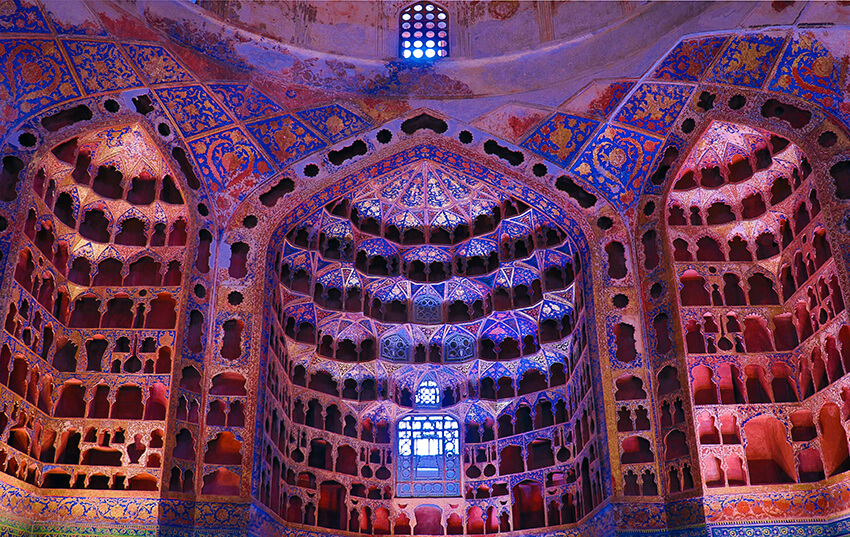
First one is pretty much apparent in almost every ancient city or village you see in Iran; where all buildings are enclosed and have a courtyard in the middle. There is not much to see on the outside. This is true for the ancient architecture of Iranian houses, mosques, bazaars, schools, desert inns, and pretty much any other establishment they used to build in the country.
Persia’s ancient architecture has strong geometry with symmetry around perpendicular axes, decorated ceilings with floral and geometric patterns despite employing less glamour down the human gaze level, minimal use of colors mostly in a complimentary dance between shades of ochre and blue, and finally frequent use of calligraphy across different facets.
Stone scarcity (unlike what the Greek were blessed with) and hot and arid weather pushed for an arch-based design in various forms of domes, vaults, and arches.
These elements were curved before Islam’s take over but become pointed afterward.
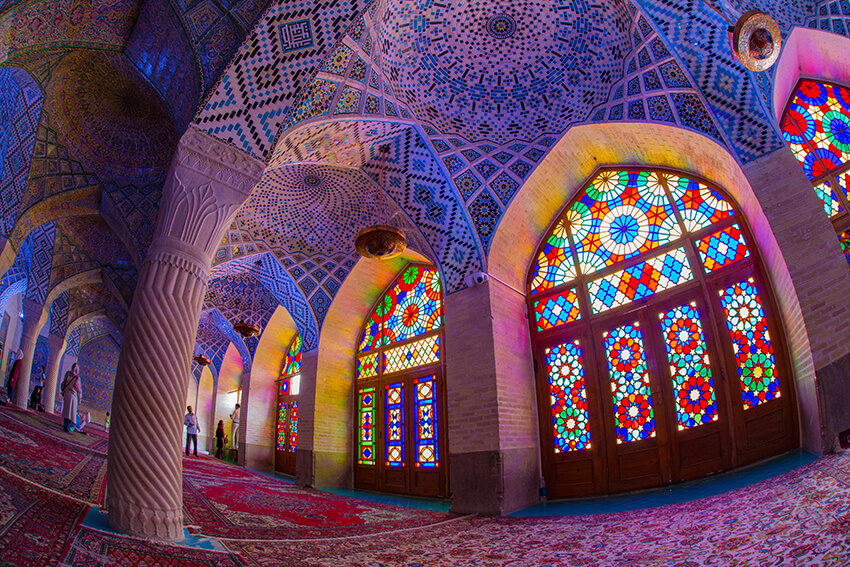
Egyptian
Let’s cut to the chase! Great pyramids of Giza are the only standing ancient architecture wonder out of the 7 they claim there once were.
Except for different families of reed on the reservoirs of Nile, there weren’t much else in Egypt as plants back in the day. So. wood was nowhere to be found and kings and gods’ only practical option was limestone, sandstone, granite, and mud bricks.
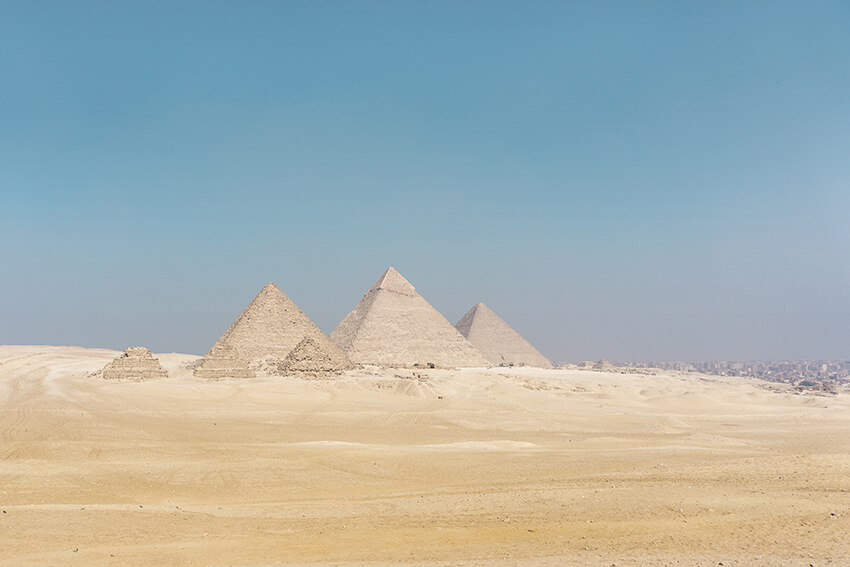
They did understand the use and technique to build arches for at least small spans, but they preferred thick stone columns that were placed closely together and bore heavy stone beams overhead.
Despite their misleadingly simple forms, the obsessive precision with which the Egyptian would cut and place stones on top of each other to build gigantic primitive forms like pyramids in such great heights is truly an engineering feat that has not been carried out twice in the history of mankind.
Egyptians were especially watchful for natural forms and patterns. This is vividly apparent in two different scales through their ancient architecture.
The one that’s more apparent is the use of palms, papyrus, and other plant forms in their columns and the hieroglyphs they used to chisel across their walls and tomb facades.

This watchful eye for nature can be seen in a broader sense. There’s a fractal nature to their buildings and ensembles where smaller parts are similar to larger parts or the whole of their tombs. A genuine natural phenomenon that’s beautifully captured by Egyptian architects.
Medieval Ages
You can mostly recognize the buildings from medieval ages by the pointed or curved arches or ribbed vault structures or flying buttresses in huge cathedrals you see across Europe.
Medieval ancient architecture styles culminate with Gothic style. Gothic’s distinctive signature is flying buttresses that support the main vault and ends with a bright choir where sunlight pours in.
Gothic architects were pretty obsessed with light and height. That’s why gothic churches are the tallest cathedrals in Europe. Some even reached 44 meters high which was a game changer back then.
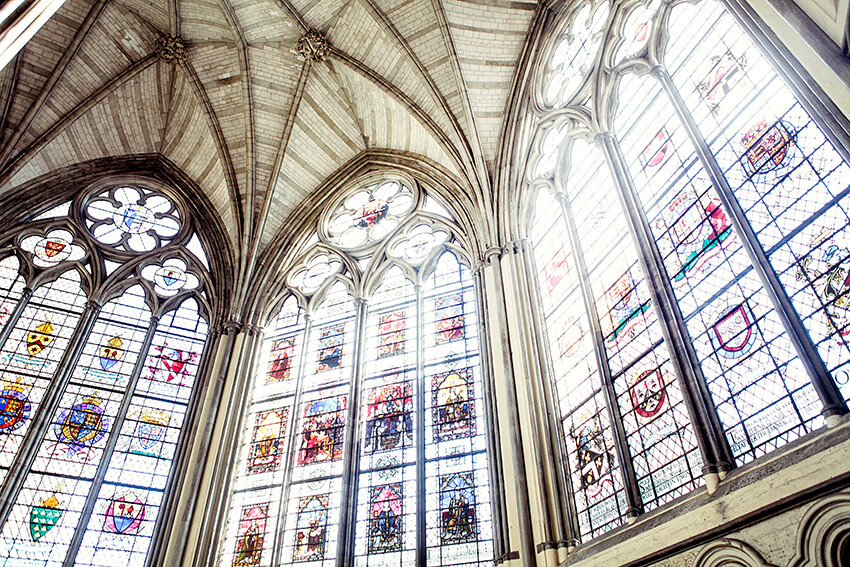
Gothic and the whole Dark Age might be the name that Renaissance descendants picked for this ancient architecture style; claiming its geometry to be superstitious and ridiculous.
But the fact is that Romanesque and Gothic ancient architecture styles were intertwined with their past and future and were an influential link in the chain of Europe’s history.
Mesoamerican or Pre-Columbian
Before the European’s so-called “discovery” and colonization of America, thousands of years of civilization made great monuments where natives built their cities and cultures around.
Different generations of tribes and societies through the history of central and south America had great knowledge about the sky above and so, they tremendously used their cosmological take in their design.
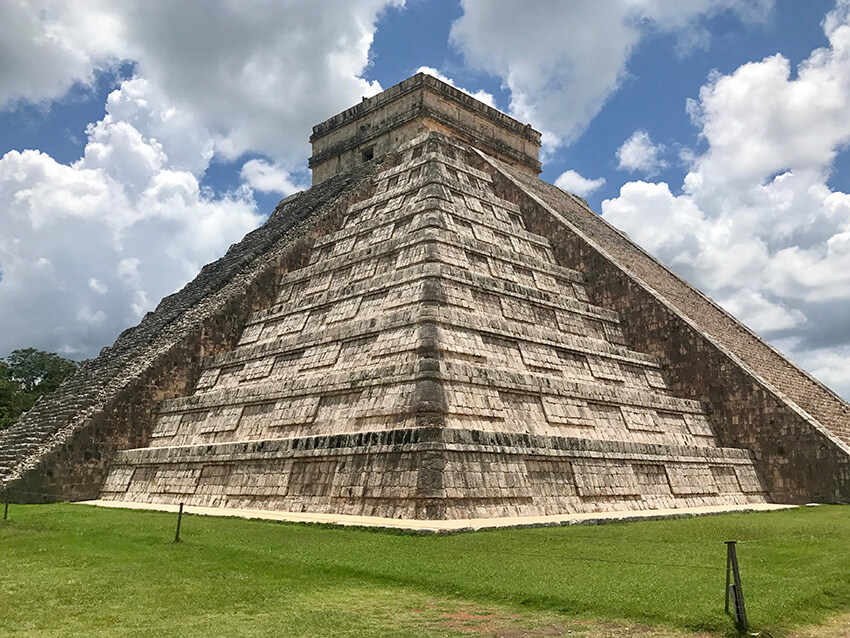
Mesoamerican cities, monuments, pyramids, and houses show a great symbolism through the use of carvings and motifs of their kings, gods, and sometimes mythical creatures all over.
Mayan temples that were mostly shaped as stepped rather than slanted pyramids both were symbols of religion’s significance in the society and how the gods and her worshippers were revered. These huge monolithic pyramids were also a way to show the wealth and status of the city.
Mesoamerican cities were usually organized around a plaza that ordered every building by its importance and functionality.
Ample availability of stone and native volcanic rocks had made stucco, mud bricks, and polished boulders the main material for building. Partly the reason why remnants of their ancient architecture have remained almost intact to this day.
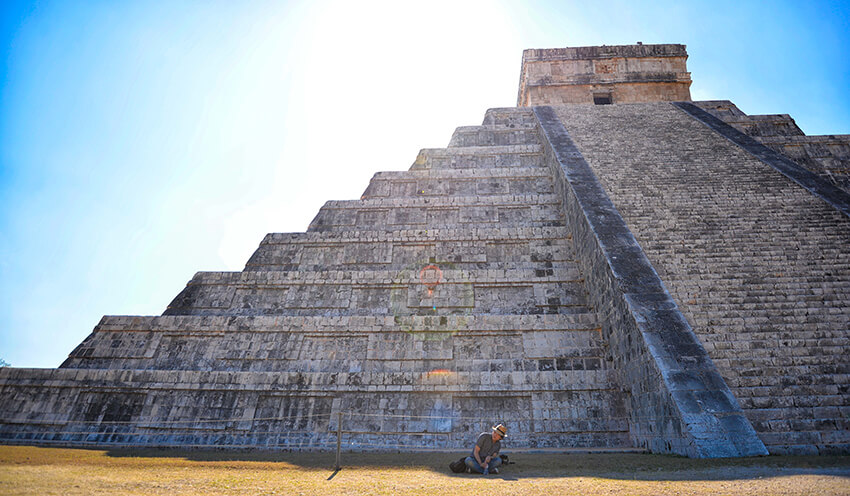
The mossed and rusty appearance of these mighty pyramids must have gleamed shiny in their day because of the native’s intricate carvings and polishing skills.
Conclusion: Reflections of Ancient Architecture Styles on Our Time
All ancient civilizations, no matter where they flourished on this green earth, share some basic timeless principles of aesthetics, geometry, and design.
These innate similarities exist because all these civilizations virtually had the same material, had to survive in the same environment, and respond to a shared set of human needs.
Through the second half of the 20th century and all along to this day, a lot of modern architects have tried to abide by such timeless way of building; same as the one in all ancient architecture styles.
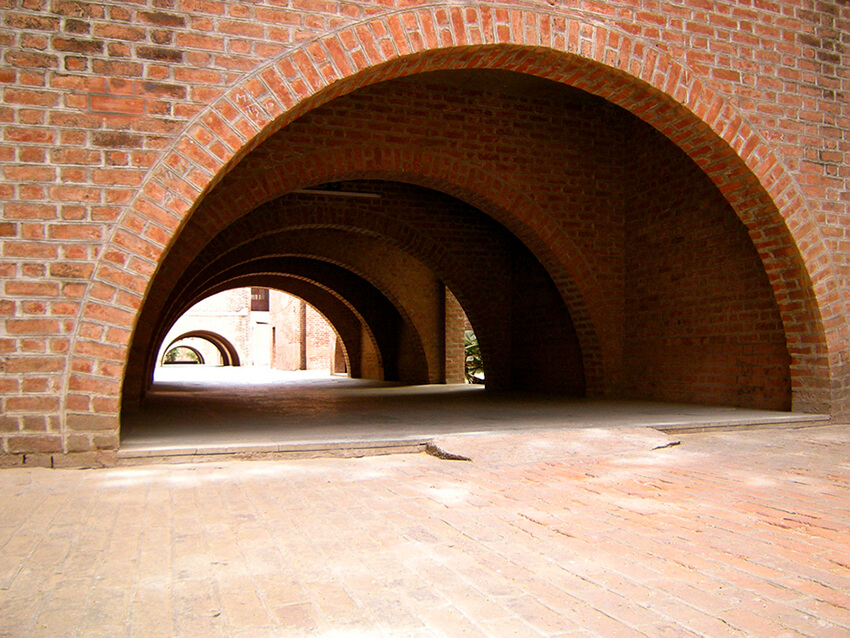
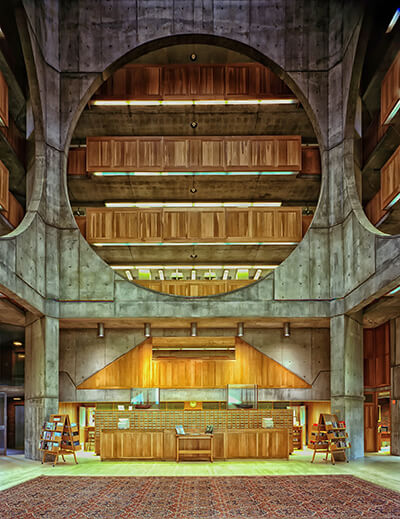
Louis Kahn’s Salk Institute in La Jolla, California, can be a great example where a strong physical and visual axe rules the complex; directing the gaze toward a serene and indomitable natural wonder; the ocean.
A lot of other modern buildings use domestic material and Local craftsmanship and ornaments in their finishes as is the case with most ancient architectures.
There are also arguments to be made in terms of geometry where modern architects use simple fundamental geometry forms like squares, triangles, and circles and their combination in both interior and exterior of their design; all as a way to reflect on their take on natural phenomena which inspire us just as much as they did our ancestors.
Another fundamental characteristic that’s shared between ancient architecture styles and worthy contemporary buildings is that they all adhere to the truth. You won’t see a gratuitous column or arch or an extra piece of ornament. All the elements are used for a solid purpose.
In one of his famous lecture, Louis Kahn claims he asks each material what they want when he designs. So, brick says it wants arches or concrete says it wants pressure.
The Indian Institute of Management or the Exeter Library in New Hampshire is where Kahn shows off his skill in using brick, concrete, and steel where they belong.
Another lesson ancient architecture styles can give is how they treat light in and out of their buildings. The way light was focused or deflected in ancient architecture all followed a certain philosophy as we said.
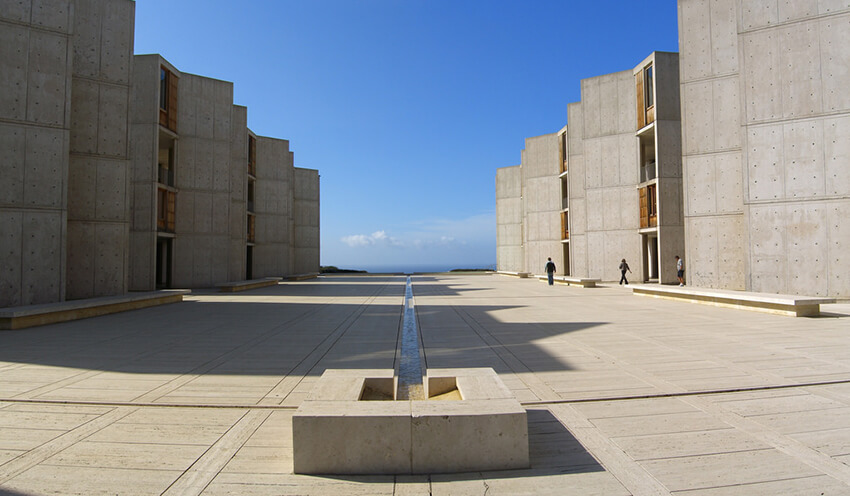
That’s the same with a lot of modern buildings where the architects know how to let light carve the space to give birth to architecture.
Which ancient architecture styles amaze you the most? Do you like them only because its built by your own native ancestors or is there something mesmerizing about them that grips you beyond culture and language? Share your thoughts!





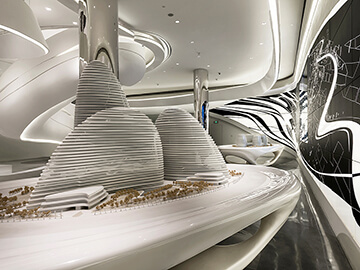
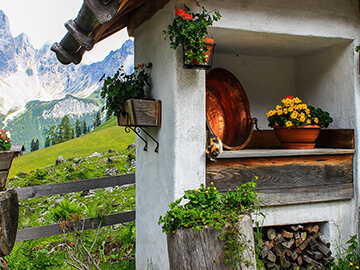

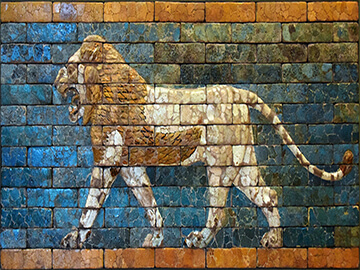

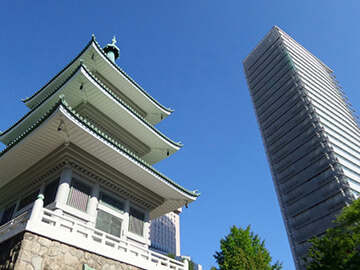


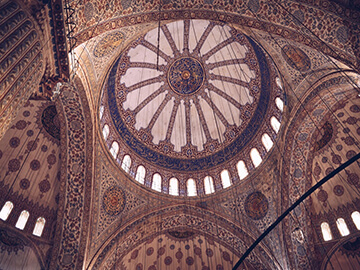

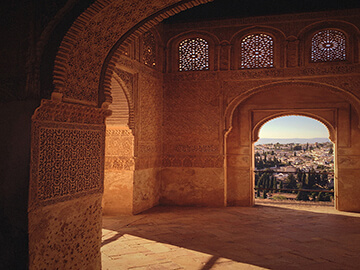
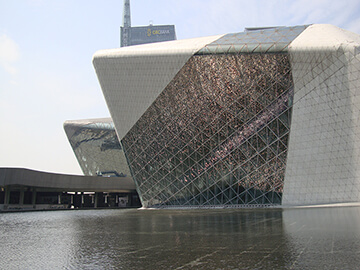


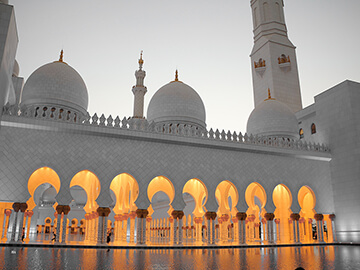
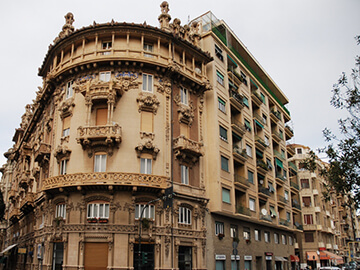

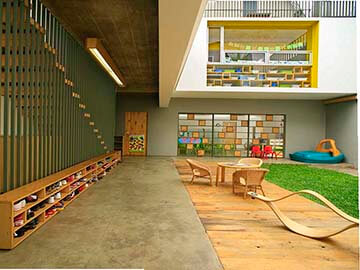
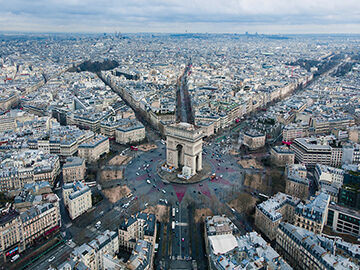
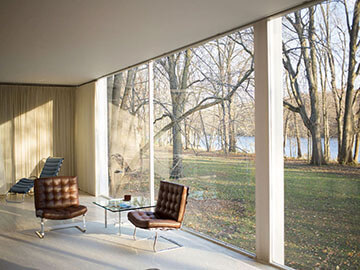
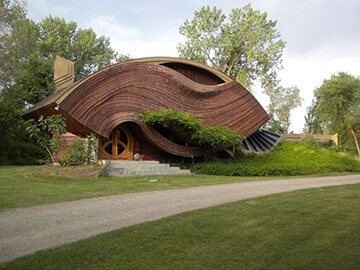
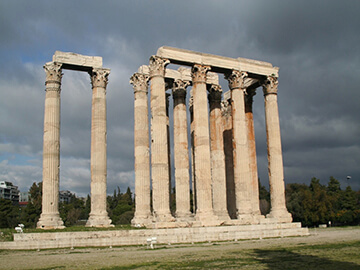

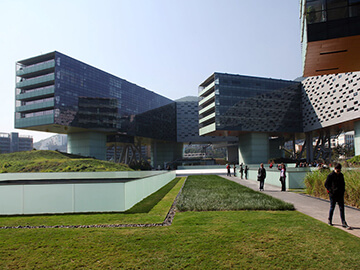

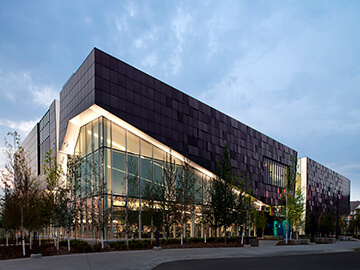
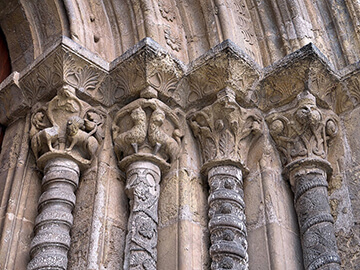


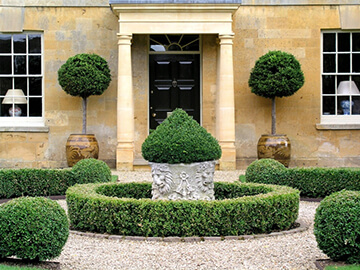
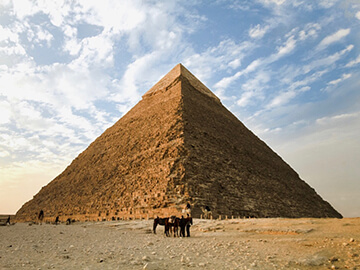
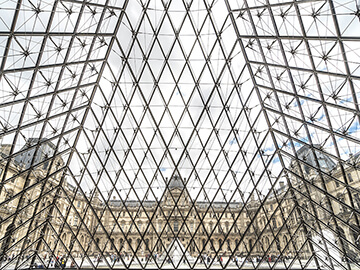

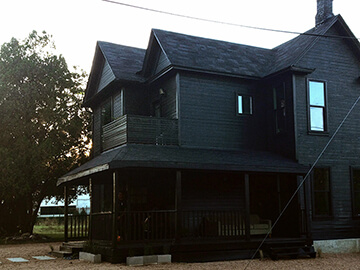
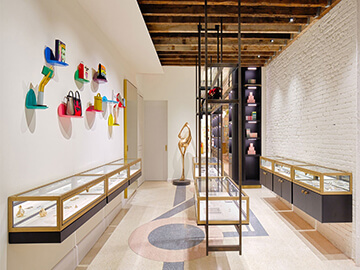



Comments